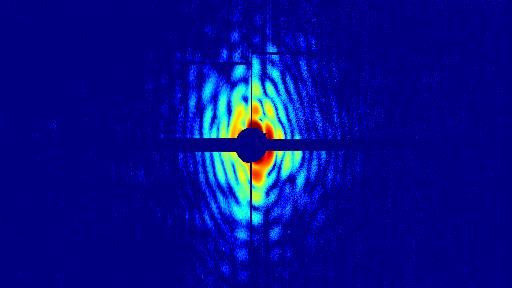Evolution of the Darwin’s finches and their beaks
Darwin’s finches, inhabiting the Galápagos archipelago and Cocos island, constitute an iconic model for studies of speciation and adaptive evolution. A team of scientists from Uppsala University and Princeton University has now shed light on the evolutionary history of these birds and identified a gene that explains variation in beak shape within and among species.
